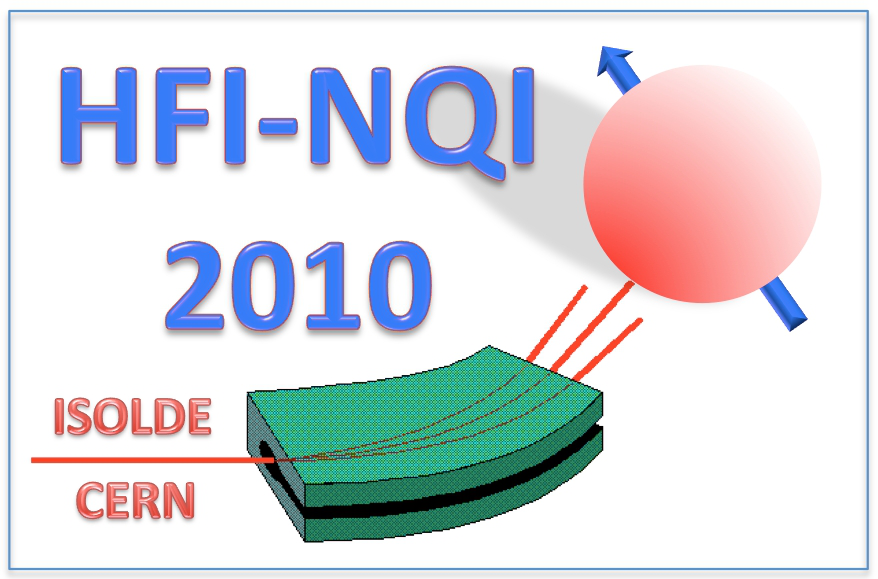Speaker
Dr
Armandina M. L. Lopes
(Centro de Física Nuclear da Universidade de Lisboa)
Description
The current technological necessities are compelling some fields of research to provide/study new nanostructure architectures that in the near future will fulfill the low cost, high performance and environmentally friendly paradigm. In fact, the research in metal-metal or metal-oxide nanostructures, in particular in Hf and Zr metals and their oxides, is being pushed by the prospect of application in several areas ranging from energy conversion and storage, catalysis to microelectronics [1-3]. One of the most prominent examples is observed in microelectronics where metal/HfO2 structures are being studied as poly-Si/SiO2 junction replacers in metal–oxide–semiconductor field-effect transistors [2]. Insight in metal/metal and metal/oxide interdiffusion/oxidation, upon annealing treatments, is of major importance for the mentioned technological applications [3]. Those insights can be obtained by local probe techniques such as perturbed angular correlations (PAC) that can provide detailed information at a nanoscopic level. In this work the PAC technique is used to locally monitor the oxidation or possible interdiffusion processes in a Zr/Hf/Zr nano-heterostructure. This trilayer was prepared by the electron gun thermal evaporation method on a SiO2 substrate. In order to perform PAC measurements with the 181Hf probe the system was neutron irradiated. The measurements were performed for different annealing times and temperatures, up to 780K. The changes on the Hf local environment arising from the oxidation or interdiffusion processes were followed by the evolution of the EFG parameters of the Hf-metal, HfO2 and oxygen deficient HfO2-x regions (see fig 1). It was observed that the Hf layer is oxygen free for temperature below 619K. The measurements also indicate that at 619K first a thin layer of HfO2-x emerges at the Hf surface and then a nanostructured HfO2 layer continually grows at the expense of the Hf metal-component. Moreover up to 780K no Hf (or Zr) interlayer diffusion was observed. References [1] J. Baxter, Z. Bian, et. al, Energy Environ. Sci., 2, 551 (2009) [2] Robert F. Service, Science, 323, 1000 (2009) [3] R. Chau, B. Doyle, S. Datta, J. kavalieros and kevin Zhang, Nature materials 6, 810 (2007)
| Are you a student, a delegate from developing countries or a participant with physical needs and would like to apply for a sponsored accomodation. Please answer with yes or no. | no |
|---|---|
| Please specify whether you would prefer an oral or poster contribution. | poster contribution |
Author
Dr
Armandina M. L. Lopes
(Centro de Física Nuclear da Universidade de Lisboa)
Co-authors
Dr
Jose C. Soares
(Centro de Física Nuclear da Universidade de Lisboa)
Dr
Luis M. Redondo
(Centro de Física Nuclear da Universidade de Lisboa and Instituto Superior de Engenharia de Lisboa)
Dr
Manuel R. Silva
(Centro de Física Nuclear da Universidade de Lisboa and Instituto Superior de Engenharia de Lisboa)
Dr
Maria R. Gomes
(Centro de Física Nuclear da Universidade de Lisboa)
